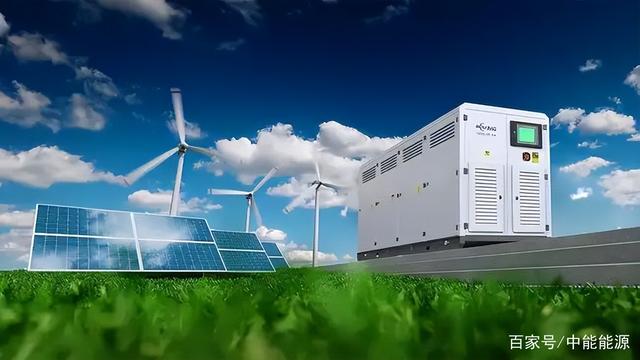
The US Inflation Reduction Act has created a great buzz but not yet business deals for flow battery maker ESS Inc, according to CEO Eric Dresselhuys.
ESS Inc, aka ESS Tech Inc, is the holder of IP and manufacturer of a flow battery energy storage system technology, based on an iron and saltwater electrolyte chemistry, headquartered in Oregon.
The company announced its latest financial results for the first quarter of this year, in which it revealed negative EBITDA of US$21.4 million for the three months ending 31 March, but also ended the period with US$119 million cash and short-term investments. Company management said in a call with analysts to explain earnings that it has sufficient capital to see through its planned activities in 2023 and 2024.
While it only recognised US$400,000 in revenues in Q1 2023 from the delivery of two units – lower than expected based on factors including delays getting product onto project sites – chief financial officer (CFO) Tony Rabb said that ESS Inc believes it has “a path to non-GAAP gross margin profitability in the next 12 to 18 months”.
From there to achieving company cashflow breakeven will be dependent on ESS being able to scale up its manufacturing into mass market volumes, and the company’s COO and SVP of engineering were on the call to explain how it intends to streamline, automate and standardise production to lower costs and improve efficiencies.
The company currently has 800MWh annual production capacity at its factory in Wilsonville, Oregon, which it finished installing before the end of 2022, a year in which it earned just US$894,000 in revenues. ESS Inc is in a relatively early stage of commercialisation. Last year was also the first year in which it was able to realise revenues since going public in 2021.
On the demand side, what ESS Tech and its fellow players in the non-lithium energy storage space focused on novel long-duration energy storage (LDES) applications are looking to, is the growth of renewable energy on the world’s grids translating to market structures that value LDES technologies.
Dresselhuys spoke in the call about the “tailwinds that are accelerating demand for our solutions”, most notably in the US and the investment tax credit (ITC) for standalone energy storage deployment and production tax credits (PTC) for domestically-produced clean energy equipment brought in by the Inflation Reduction Act (IRA).
Alongside that federal policy driver are energy storage targets and incentive policies introduced in 11 US states, with Maryland the latest to join a club that includes New York, Virginia and California. Elsewhere “major regulatory announcements” in Europe and Australia have also “continued to drive interest” in ESS Inc’s solutions, the CEO claimed.
However, it would take time to realise the benefits of those industry tailwinds, Dresselhuys said, and in responding to an analyst’s questions said the IRA has “generated a lot of conversation, but not a lot of close at this point”. Part of that is that customers are still trying to get their heads around IRS rules and interpretation of the legislation.
Overall, Dresselhuys said the macro drivers for energy storage are too big to ignore now, and utilities and state regulators in the US for example are incorporating greater need for storage into their long-term planning.